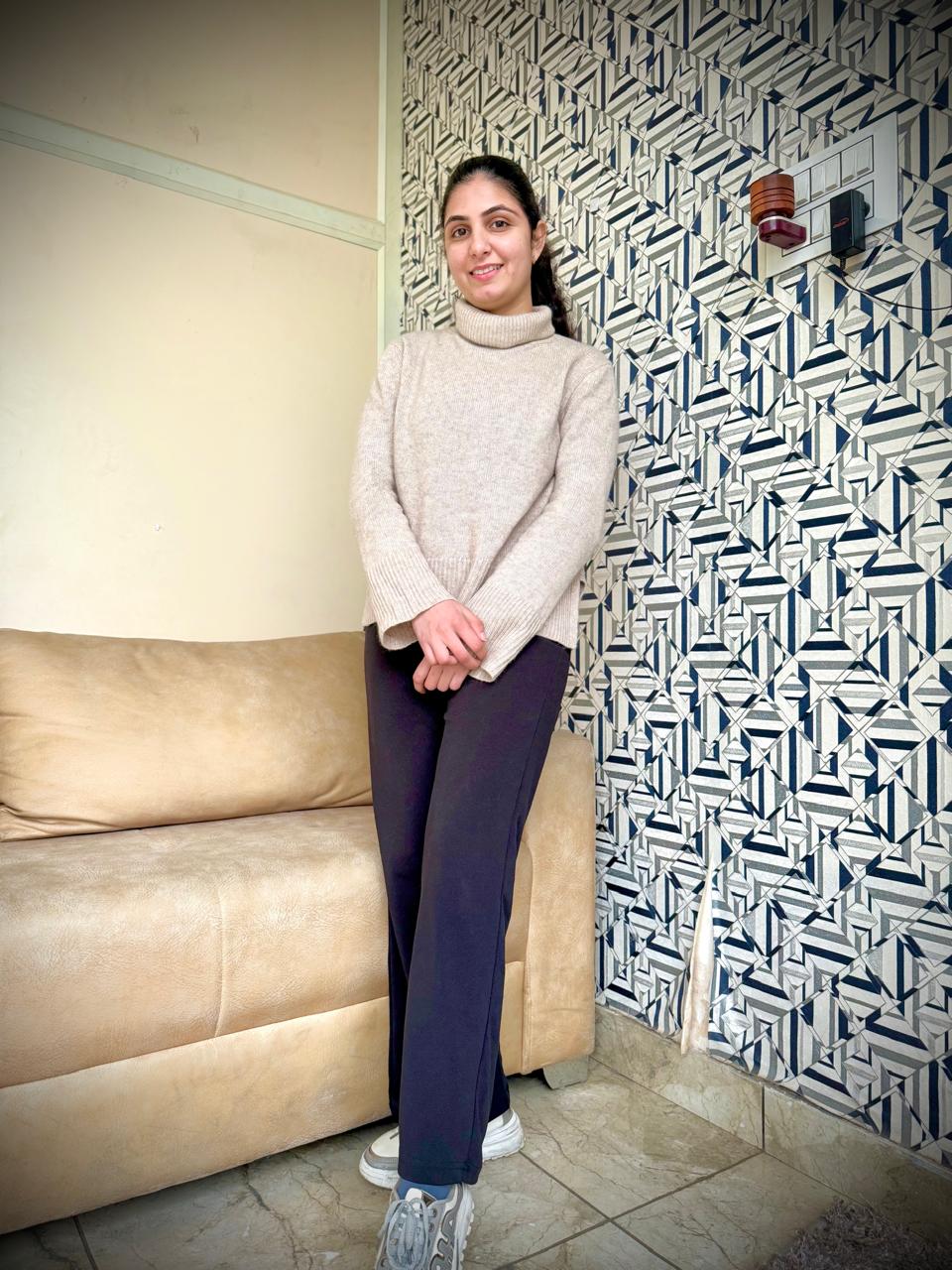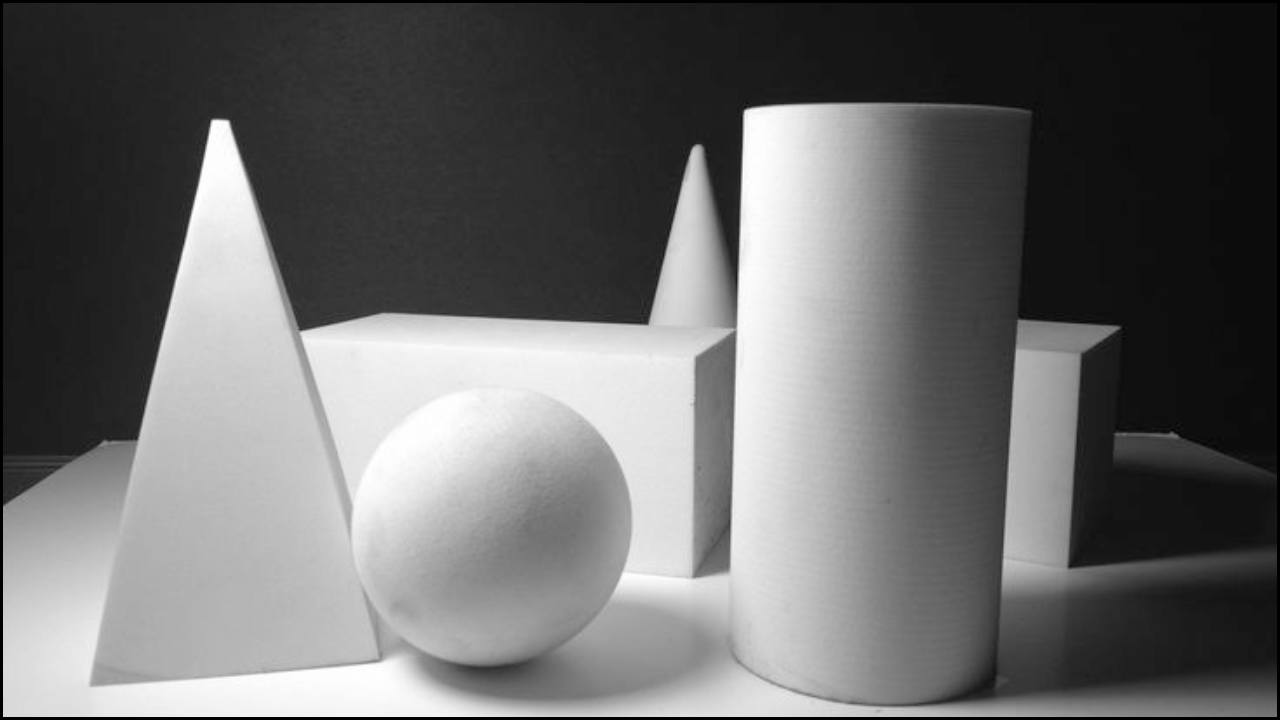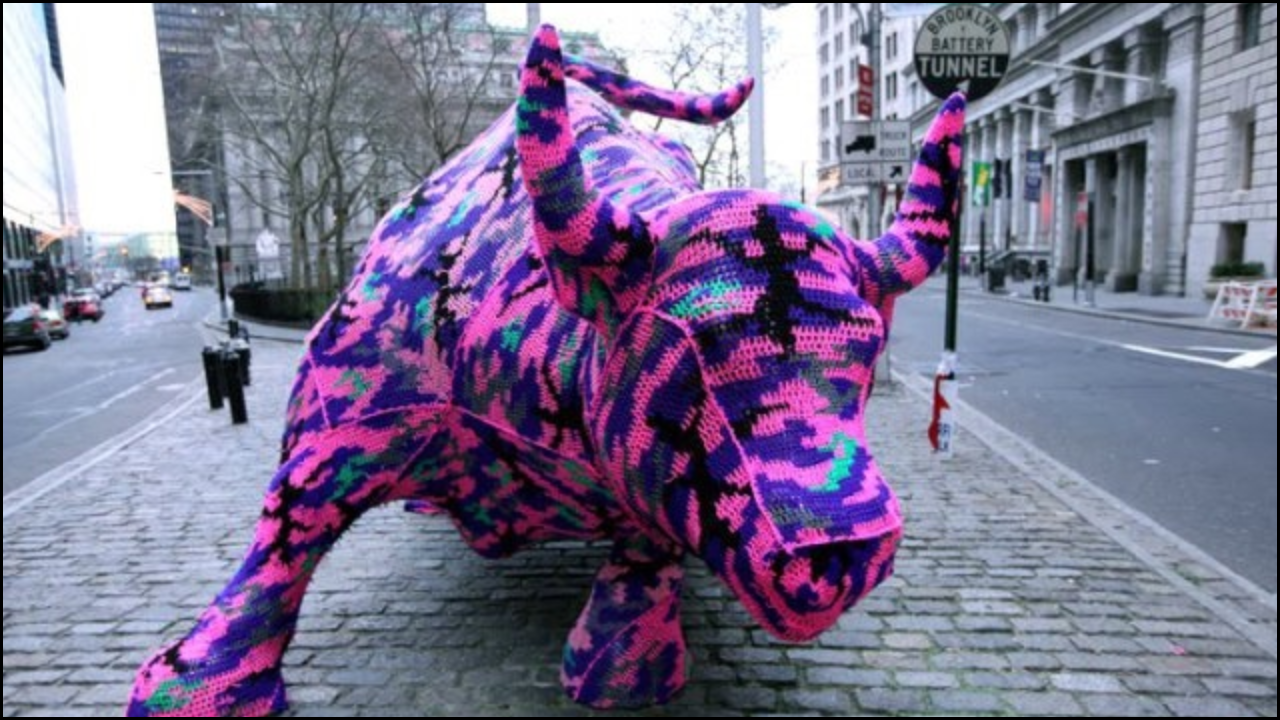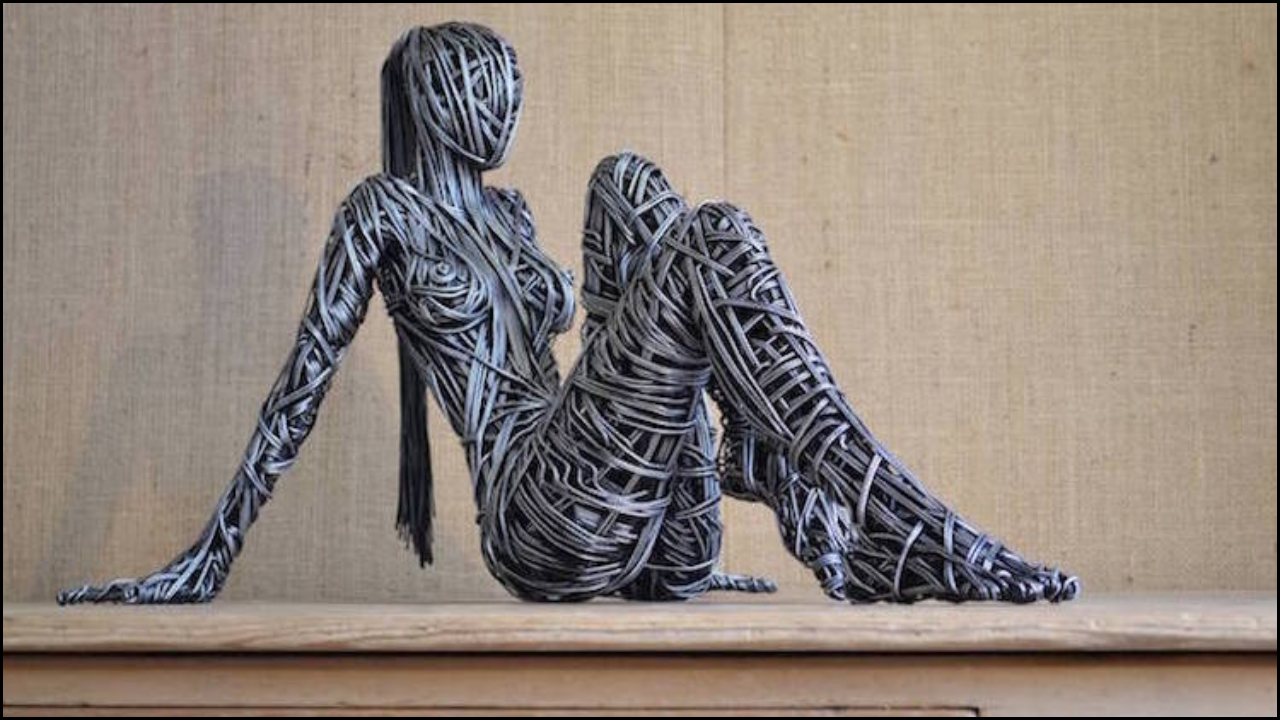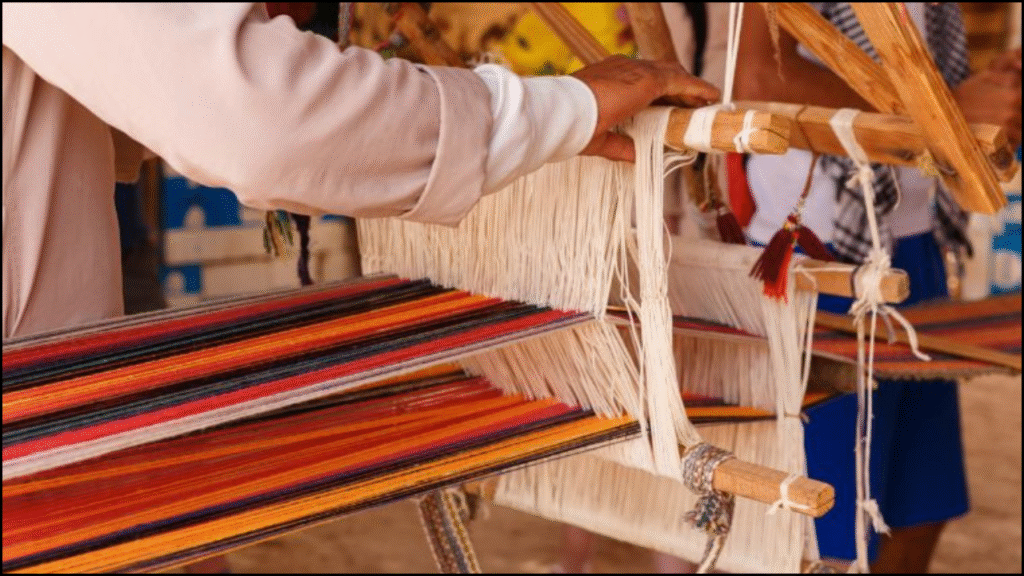
Preservation of wire and textile sculptures presents a unique set of difficulties compared to traditional artworks such as paintings or stone carvings. Wire, being metallic, undergoes corrosion, deformation, and fatigue, while textiles suffer from fading, fraying, and insect damage. The combination of these materials in one artwork makes conservation even more complex. Understanding the scientific, environmental, and cultural challenges behind their preservation is necessary to ensure the longevity of such sculptures. This article explores the various challenges associated with conserving these hybrid artworks and highlights the delicate balance between maintaining artistic integrity and extending their lifespan.
Table of Contents
Material Vulnerabilities in Wire and Textile Sculptures
- Wire sensitivity
- Susceptibility to corrosion from humidity and pollutants
- Loss of tensile strength due to oxidation
- Risk of bending or warping when handled improperly
- Textile fragility
- Vulnerability to UV radiation, causing fading
- Weakening of fibers due to acidity or insect infestation
- Fraying and tearing when exposed to friction
- Hybrid material conflict
- Wires and textiles often expand or contract at different rates
- Metal corrosion can stain or weaken adjacent textile sections
- Textile adhesives or coatings may react negatively with metal
Environmental Factors Influencing Preservation
- Humidity fluctuations
- High humidity accelerates rust on wire and mold on textiles
- Low humidity makes textile fibers brittle and wire joints stiff
- Temperature variations
- Heat speeds up chemical reactions, causing discoloration
- Extreme cold risks embrittling metal and weakening textile tension
- Airborne pollutants
- Sulfur compounds and industrial gases accelerate corrosion
- Dust and smoke particles settle into the textile weave
- Light exposure
- Ultraviolet light fades dyes in textiles
- Heat from lightning may warp delicate wire structures
Handling and Display Challenges
- Structural instability
- Wire frameworks may bend under slight pressure
- Textile elements may detach when pulled
- Mounting difficulties
- Support systems must balance flexibility with stability
- Direct adhesives can damage both wire and textile fibers
- Transportation risks
- Vibrations may cause wire fatigue cracks
- Shifting fabrics may tangle or tear during movement
- Display compromises
- Enclosures protect but limit public accessibility
- Open-air displays risk dust, touch, and light exposure
Conservation Techniques and Their Limitations
- Cleaning methods
- Wire cleaning involves careful rust removal, often abrasive
- Textile cleaning requires delicate vacuuming or dry methods
- Combined cleaning risks damaging one material while saving another
- Protective coatings
- Metal may be sealed with inhibitors, but coatings can stain textiles
- Textiles may be treated with stabilizers, which can trap metal corrosion underneath
- Reinforcement strategies
- Internal supports can stabilize fragile joints, but alter aesthetics
- Re-stitching or rewiring risks losing the artist’s original technique
- Controlled environments
- Climate-controlled storage slows deterioration
- Energy and cost demands make long-term sustainability difficult
Ethical Considerations in Preservation
- Respecting artistic intent
- Over-cleaning may remove intended patinas or textures
- Interventions risk altering the artist’s chosen materials and processes
- Reversibility principle
- Ideal conservation techniques must allow future reversal
- Many chemical treatments cannot be undone once applied
- Documentation
- Detailed records of condition and treatments preserve knowledge for future conservators
- Insufficient documentation may result in repeated or harmful interventions
- Balancing accessibility and protection
- Public display supports education, but accelerates wear
- Storage preserves condition but limits cultural value to audiences
Case-Specific Challenges
- Outdoor installations
- Exposure to rain, sunlight, and air pollution accelerates deterioration
- Maintenance cycles must be frequent and costly
- Indoor museum sculptures
- Limited space complicates display without crowd contact
- Lighting balance between visibility and protection remains difficult
- Community-owned sculptures
- Lack of funding limits professional conservation efforts
- Volunteers may attempt repairs without expertise, causing further harm
Comparative Challenges
| Challenge Area | Wire Issues | Textile Issues | Combined Impact |
|---|---|---|---|
| Environmental Damage | Rust, tarnishing, warping | Fading, mold, fiber weakening | Both materials degrade at different rates |
| Handling Risks | Bending, cracking, and metal fatigue | Fraying, tearing, detachment | Mixed handling requirements complicate preservation |
| Cleaning Difficulties | Abrasive cleaning is needed for rust | Gentle cleaning is required for fibers | Cleaning one risks harming the other |
| Protective Coatings | Risk of discoloration and surface change | Risk of chemical reaction and fiber stiffening | Coatings are often incompatible across both materials |
| Display Conditions | Susceptible to vibration and pressure | Sensitive to UV and dust | Joint deterioration when exposed to fluctuating light |
| Long-Term Storage | Corrosion in sealed environments | Fiber brittleness in low humidity | Requires constant climate control and is costly to maintain |
Strategies for Long-Term Preservation
- Integrated material analysis
- Scientific testing to understand metal and textile interactions
- Use of non-invasive imaging to assess the condition
- Preventive conservation
- Stable climate control within museums
- UV-filtered lighting and micro-climate enclosures
- Specialized handling protocols
- Staff training on hybrid artworks
- Use of padded supports and protective coverings
- Collaborative conservation approaches
- Involvement of textile experts, metal conservators, and curators
- Artist consultation, where possible, for intent clarification
- Public education and awareness
- Visitor guidance on non-contact viewing
- Community programs to highlight the importance
Future Directions in Conservation
- Nanotechnology applications
- Development of reversible nanocoatings for metal protection
- Nano-scale stabilizers for textile fibers
- 3D scanning and replication
- Digital archiving of sculptures for research and education
- Replica creation to reduce wear on originals
- Sustainable preservation methods
- Energy-efficient climate control systems
- Use of eco-friendly materials in conservation treatments
- Cross-disciplinary innovation
- Collaboration between material science, engineering, and art history
- Development of hybrid conservation standards for mixed-media artworks
Summing Up
Preservation of wire and textile sculptures demands a nuanced approach that considers the vulnerabilities of both materials. Environmental stressors, handling risks, and cleaning limitations create compounded challenges. Conservation requires a balance between scientific precision and ethical respect for artistic intent. Future advancements in nanotechnology, digital archiving, and sustainable conservation methods may offer new solutions, but the fundamental challenge remains: safeguarding fragile artworks while ensuring they remain accessible to present and future generations.

